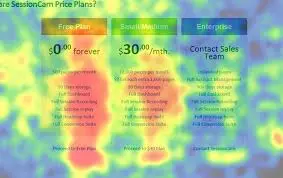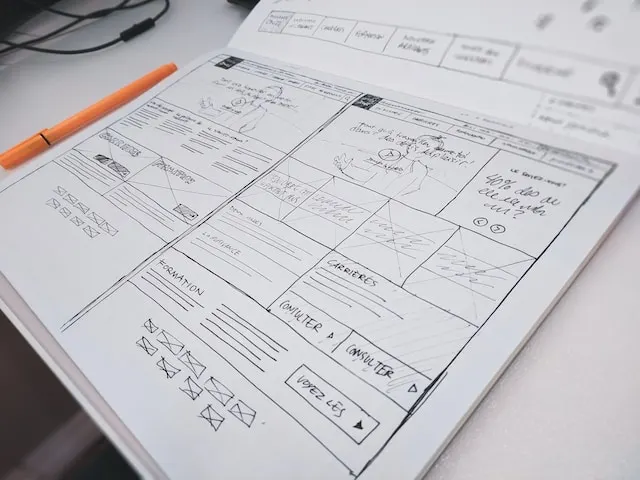Great design doesn't just meet functional needs but also creates an emotional connection with users.
This connection is often categorized into three pillars: visceral, behavioral, and reflective experiences.
Today, we will explore and discuss how they contribute to great design, along with the best research methods to evaluate them.
Visceral Experience
The initial, immediate response to a design. It's the gut feeling that users get when they first encounter a product or interface.
This emotional response is typically based on sensory elements like color, images, texture, and aesthetics. When a design captures the user's attention and creates a positive first impression, it has succeeded in the visceral domain.
Research Methods:
- Eye-tracking studies:
Analyzing where users' eyes go first and their gaze patterns.
- A/B testing:
Comparing two different design versions to see which one elicits a stronger visceral response.
- Surveys and questionnaires:
Gathering user opinions on the aesthetics and emotional impact of a design.

Behavioral Experience
How users interact with a design, the ease of use, and the overall functionality. It's all about functionality and efficiency.
If a design makes it easy for users to complete tasks and seamlessly navigate through a website or app, it is succeeding in the behavioral domain.
Research Methods:
- Usability testing:
Observing users in real-time as they interact with the design to identify pain points and areas for improvement.
- Heatmaps and click-tracking:
Monitoring where users click, how long they stay on pages, and which elements they interact with most.
- Conversion rate analysis:
Assessing the design's ability to convert visitors into customers or achieve other desired actions.

Reflective Experience
The long-term impact a design has on users. It's about how a product or service shapes the user's perception and memory.
A design that creates a positive, memorable, and meaningful experience will leave a lasting impression and potentially lead to brand loyalty.
Research Methods:
- Long-term user feedback:
Collecting feedback from users after they've had time to reflect on their experience with the design.
- Brand perception surveys:
Assessing how a design affects the perception of the brand or product over time.
- User retention and churn analysis:
Monitoring the rate at which users continue to engage with the design or abandon it.
Great design is not solely about excelling in one of these three pillars; it's about harmoniously integrating all of them.
Designs that excel in the visceral, behavioral, and reflective aspects can create a delightful and enduring experience for users. The ultimate goal is to forge an emotional connection between the user and the design.
References:
- Norman, D. A. (2004). Emotional Design: Why We Love (or Hate) Everyday Things. Basic Books.
- Nielsen, J., & Norman, D. (2000). The Definition of Usability.
- Hassenzahl, M. (2010). Experience Design: Technology for All the Right Reasons. Synthesis Lectures on Human-Centered Informatics, 3(1), 1-95.







